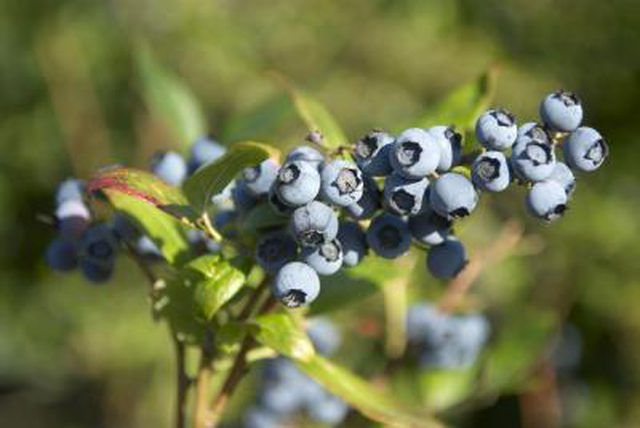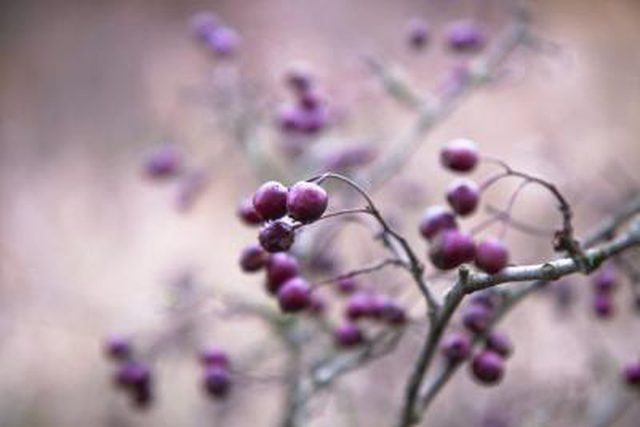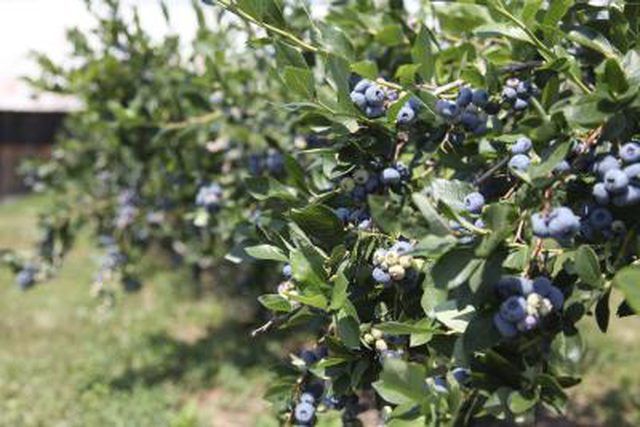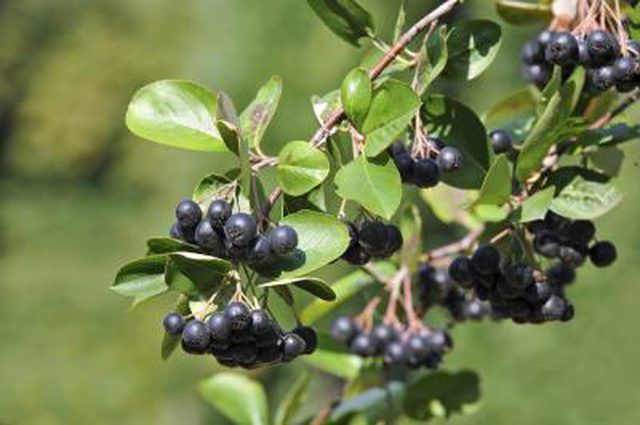Bulbs
Flower Basics
Flower Beds & Specialty Gardens
Flower Garden
Garden Furniture
Garden Gnomes
Garden Seeds
Garden Sheds
Garden Statues
Garden Tools & Supplies
Gardening Basics
Green & Organic
Groundcovers & Vines
Growing Annuals
Growing Basil
Growing Beans
Growing Berries
Growing Blueberries
Growing Cactus
Growing Corn
Growing Cotton
Growing Edibles
Growing Flowers
Growing Garlic
Growing Grapes
Growing Grass
Growing Herbs
Growing Jasmine
Growing Mint
Growing Mushrooms
Orchids
Growing Peanuts
Growing Perennials
Growing Plants
Growing Rosemary
Growing Roses
Growing Strawberries
Growing Sunflowers
Growing Thyme
Growing Tomatoes
Growing Tulips
Growing Vegetables
Herb Basics
Herb Garden
Indoor Growing
Landscaping Basics
Landscaping Patios
Landscaping Plants
Landscaping Shrubs
Landscaping Trees
Landscaping Walks & Pathways
Lawn Basics
Lawn Maintenance
Lawn Mowers
Lawn Ornaments
Lawn Planting
Lawn Tools
Outdoor Growing
Overall Landscape Planning
Pests, Weeds & Problems
Plant Basics
Rock Garden
Rose Garden
Shrubs
Soil
Specialty Gardens
Trees
Vegetable Garden
Yard Maintenance
Difference Between Blueberries & Huckleberries
Difference Between Blueberries & Huckleberries. Differentiating huckleberries from blueberries (Ericaceae family) is like playing a botanical puzzle where more than one piece fits each spot. The differences sometimes depend on geography more than botany. In different parts of the U.S., these common names may refer to different plant species or to...
Differentiating huckleberries from blueberries (Ericaceae family) is like playing a botanical puzzle where more than one piece fits each spot. The differences sometimes depend on geography more than botany. In different parts of the U.S., these common names may refer to different plant species or to one and the same plant. At first look, the plants and berries may seem the same, but differences run more than skin deep.

Blueberries and huckleberries -- both sometimes called bilberries, whortleberries or other common names -- are members of the plant family Ericaceae and its subfamily Vaccinioideae. From there, blueberries and some huckleberries get sorted into different plant genera, and geography and common names enter in. Plants known as huckleberries in the eastern and southeastern U.S. belong to the plant genus Gaylussacia. Travel to the northwest and native huckleberry species fall in the genus Vaccinium, the same genus of blueberries so widely enjoyed. The berries hold the key to why the different botanical names exist.

Blueberries (Vaccinium spp.) earn their genus based on their flower's ovary. Split in two, the ovary shows five chambers, leading to numerous tiny seeds in mature fruit. Blueberries vary from other plants in the genus by the way they bear fruit. Blueberries fruit in clusters on wood grown during the previous year. The clustered growth makes blueberries capable of heavy crops. The two most widely domesticated blueberry species in the U.S. are highbush blueberries (Vaccinium corymbosum), which grow in U.S. Department of Agriculture plant hardiness zones 3 through 8, and lowbush blueberries (Vaccinium angustifolium), which grow in USDA zones 2 through 6.

Like their blueberry brethren, Western huckleberries (Vaccinium spp.) have five chambers in the ovary. Both the flowers and fruit look similar to blueberries, but Western huckleberries produce single berries rather than clusters, where their leaves join the stem, and bear fruit on new shoots. Huckleberries resist domestication, so they are harvested from the wild. A single plant yields less than a blueberry plant would, but each fruit contains intense flavor-causing chemicals, making it more flavorful. The black huckleberry (Vaccinium membranaceum) is widely harvested for its black, purple or red fruit. Cascade huckleberry's (Vaccinium deliciosum) bright blue berries are, as its species name suggests, delicious. Both grow in USDA zones 4 through 8.

Eastern huckleberries (Gaylussacia spp.) are indistinguishable in some ways from their blueberry cousins. Their fruit forms in clusters and the flowers, fruit and leaves are often mistaken for rabbit-eye blueberries (Vaccinium ashei), a southern blueberry that grows in USDA zones 6 through 10. But split open an Eastern huckleberry flower's ovary and you'll find 10 chambers instead of five. The result is large seeds and crunchy, seedy berries. The undersides of Eastern huckleberry leaves also carry yellow sticky resin not found on blueberries or Western huckleberries. The most widely grown species is the black huckleberry (Gaylussacia baccata), which grows in USDA zones 3 through 7.

Sorting out berry differences gets more challenging when common names overlap. The Western dwarf huckleberry (Vaccinium caespitosum), which grows in USDA zones 4 through 8, also goes by the names dwarf blueberry, dwarf bilberry and dwarf whortleberry. A huckleberry imposter, known as the garden huckleberry (Solanum melanocerasum), is grown as an annual like its nightshade-family relative, the tomato (Lycopersicon esculentum). Not edible until ripe and cooked, garden huckleberry's raw, unripe fruit is toxic and bitter. It sneaks into huckleberry discussions based only on its common name.
